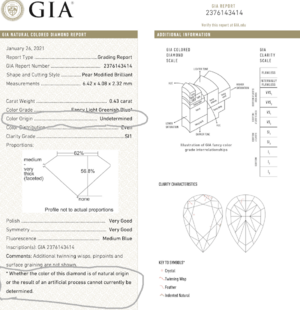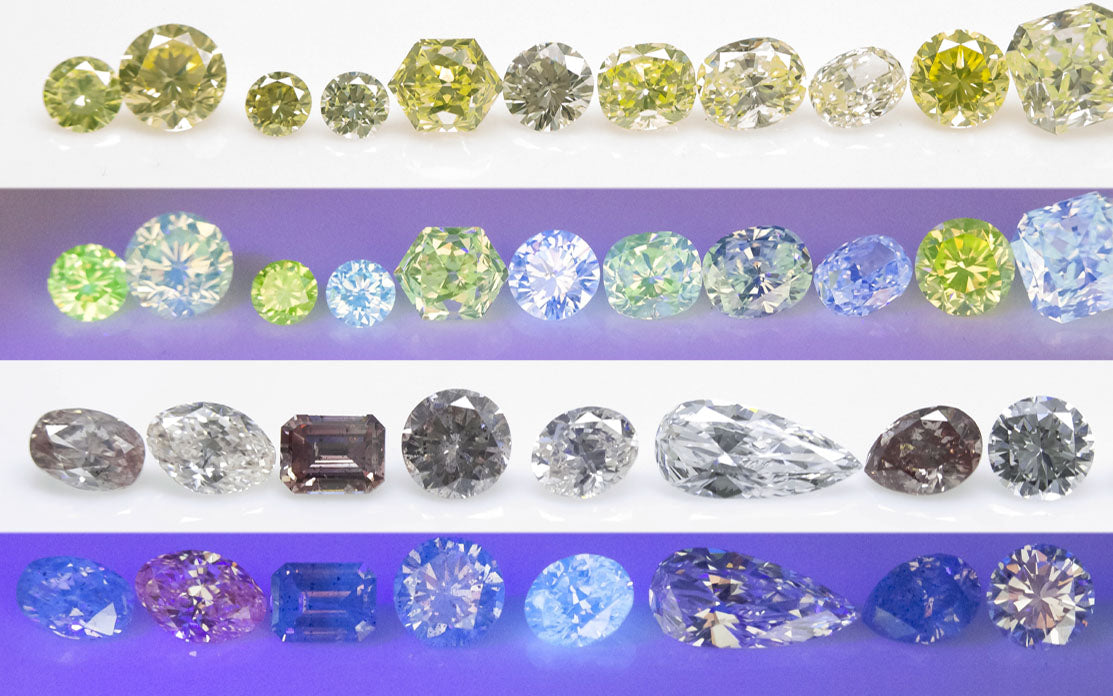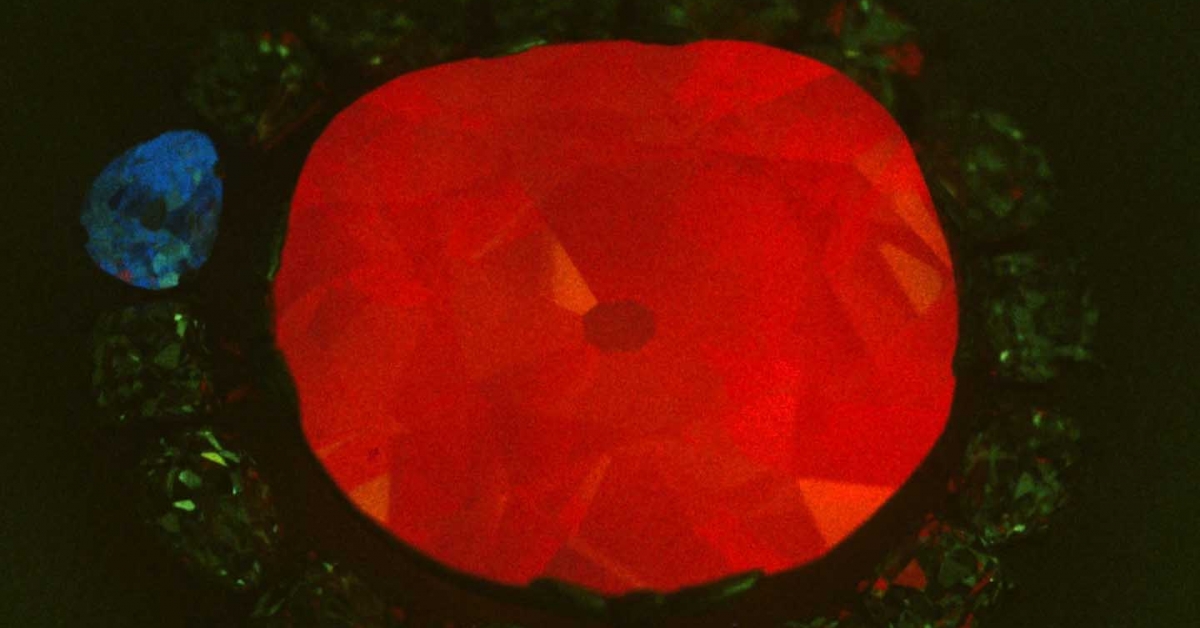dvj
Shiny_Rock
- Joined
- May 16, 2020
- Messages
- 117
Hello all! First thread I have posted, but I enjoy looking at your pieces all very much!
I am wondering if I could get some opinions from experts on fancy colored diamonds. I found this beautiful fancy light blue diamond with greenish tint on James Allen. Everything looks great, the diamond is natural, the price is surprising low compared to the other blues, but then when I asked for the GIA report --oh no-- I see that the origin is undetermined!
Is it most likely treated in some way? Most likely not treated? If GIA can't say now, when might they be able to? Would this be worth purchasing (making the unlikely possibility of owning a fancy blue diamond a reality) or would I just be setting myself up for disappointment? Maybe no one can really say, and that should be answer enough. Perhaps it is too good to be true.
Link to the diamond: https://www.jamesallen.com/loose-di...ar-shaped/0.43-carat-si1-clarity-sku-14040922
Link to the GIA Report: https://www.gia.edu/report-check?reportno=2376143414
Do you think it is because of the green modifier (which could be irritated) that GIA can't say?
I am wondering if I could get some opinions from experts on fancy colored diamonds. I found this beautiful fancy light blue diamond with greenish tint on James Allen. Everything looks great, the diamond is natural, the price is surprising low compared to the other blues, but then when I asked for the GIA report --oh no-- I see that the origin is undetermined!
Is it most likely treated in some way? Most likely not treated? If GIA can't say now, when might they be able to? Would this be worth purchasing (making the unlikely possibility of owning a fancy blue diamond a reality) or would I just be setting myself up for disappointment? Maybe no one can really say, and that should be answer enough. Perhaps it is too good to be true.
Link to the diamond: https://www.jamesallen.com/loose-di...ar-shaped/0.43-carat-si1-clarity-sku-14040922
Link to the GIA Report: https://www.gia.edu/report-check?reportno=2376143414
Do you think it is because of the green modifier (which could be irritated) that GIA can't say?








300x240.png)